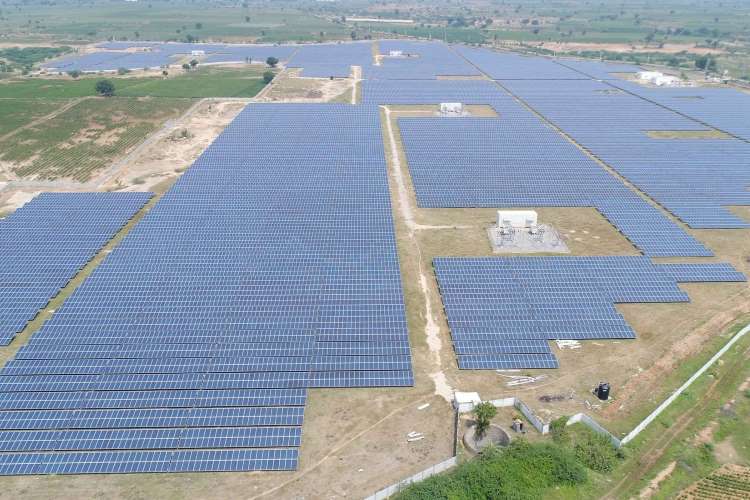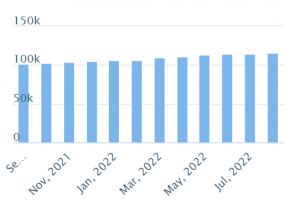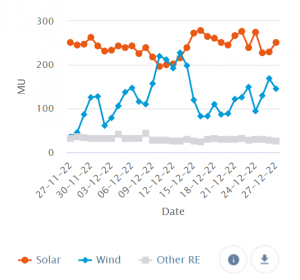
The world is taking giant strides for transition towards renewable energy as it looks to avert a climate crisis. India too has made significant progress in replacing fossil fuels with clean energy sources. While it has reduced its reliance on non-renewable fuels, India may still fall short of its own targets. The year 2022 is a forgettable one in terms of achieving significant milestones in this regard.
According to the latest data, the country has improved on its installed renewables capacity by 14% in the last 12 months. The problem, however, is that the expectations are very high due to several reasons. Firstly, India has made tall promises at climate summits. And it remains one of the most vulnerable countries to extreme weather events, raising the stakes much higher.
India misses renewable energy targets
India was expected to achieve 175 gigawatts (GW) of installed RE capacity by December 2022. The government, in the recently concluded Parliament session, said that it has installed 95% of the said capacity. However, the same was according to the earlier targets. After the latest change, energy generated from large hydropower is no longer accepted as clean energy due to its social and ecological impacts, according to the International Energy Association (IEA). Simply put, India has not achieved 95% of its targets after excluding the energy generated from large hydropower projects.
India renewables installed capacity

Leaving this aside, even the targets of the other two big renewables categories — solar and wind — were also not achieved. While power generation from solar fell short by 38% in December 2022, energy generated from wind was short by 30%, according to the data available with the Central Electricity Authority. Moreover, only four states and one Union territory met their 2022 renewables targets. These are Rajasthan, Gujarat, Telangana and Karnataka among states and Andaman and Nicobar Islands among UTs.
India renewable energy generation

The country had also pledged to meet 50% of its energy needs through renewable energy by 2030, bringing non-fossil energy capacity to 500 Gigawatts by 2030 and reducing 1 billion tonnes of carbon emissions by 2030. However, this was not achieved and India continues to meet most of its energy requirements from coal energy. It is also adding new coal generation capacity. Power sector accounts for almost a third of India’s carbon emissions and 8.2% of global emissions. About 75% of India’s power generation comes from coal.
READ | A gloomy new year ahead with trends pointing to a global recession
Why renewable energy is crucial
Most of India’s climate change commitments can only be achieved with the help of the power sector. While India is the third largest consumer of energy after the US and China, it is most vulnerable to changes happening due to the usage of non-renewable sources of energy. This year, India witnessed unprecedented heatwaves and several villages also ran out of water. Recently, Rajeshwar Rao, Deputy Governor, Reserve Bank of India, said India is particularly at risk from the manifestations of climate change. There is a need for action, given the country’s long coastline, high share of fossil fuels in energy systems and dependence on rural livelihoods on agriculture.
The growing reliance on fossil fuels has increased heat deaths, hunger, heat-related illnesses and infectious diseases. Some 98 million more people across the world reported moderate to severe food insecurity in 2020.
As a developing nation which is yet to overcome the pandemic crisis, India has a long way to go before it makes a significant dent in climate change mitigation. While the Indian government has taken steps to increase the usage of renewable energy with schemes such as the National Hydrogen Mission and committing to burning fewer fossil fuels by 2025, these measures alone won’t be enough. The need is to have a systematic rethinking of the way the country combats climate change, especially when economic development has often had a strong correlation to higher usage of fossil fuels.
